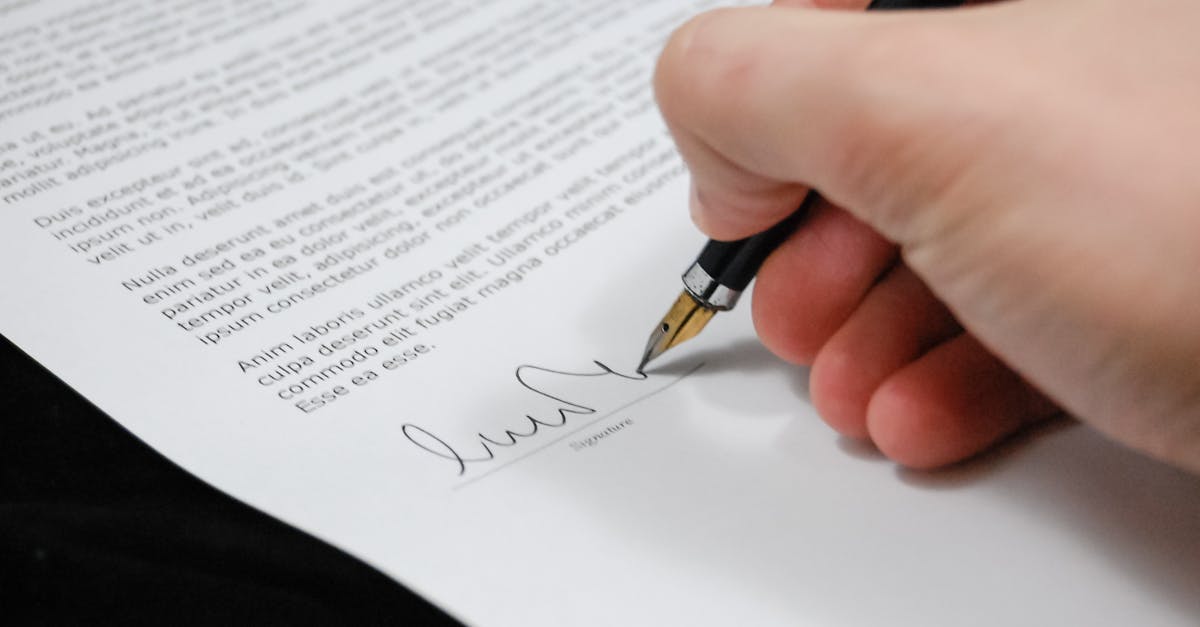
Engaging in Negotiation or Mediation
Engaging in negotiation or mediation can often be an effective way to resolve legal disputes without the need for a lengthy court battle. In Los Angeles, California, filing legal documents to initiate a lawsuit should not be the first step taken when a dispute arises. Instead, parties are encouraged to consider engaging in negotiations or participating in mediation to reach a mutually agreeable settlement. This approach can save time, money, and the emotional toll that litigation can bring.
In the event that negotiation or mediation is successful, the parties involved can work together to draft a legally binding agreement that outlines the terms of the settlement. This can help prevent future misunderstandings and disputes. However, if negotiation or mediation is unsuccessful, parties can then proceed with filing a lawsuit in court. It is important to consider all available options before moving forward with legal action to ensure the most favorable outcome for all involved parties in Los Angeles, California.
Exploring Options for Resolving Disputes Outside of Court
When faced with a legal dispute in California, it is essential to consider alternative avenues for resolution before proceeding to trial. Negotiation or mediation can often be effective methods in resolving conflicts outside of the courtroom. Parties can engage in open discussions facilitated by a neutral third party to reach a mutually agreeable solution. In some cases, mediation can lead to a more expedient and cost-effective resolution compared to drawn-out litigation processes. Los Angeles, California Filing legal documents
Another option to explore is arbitration, where an arbitrator acts as a private judge to resolve the dispute. This process is typically less formal and provides parties with more control over the outcome compared to a trial. Arbitration can be binding, meaning the decision is final and enforceable, or non-binding, allowing parties to pursue litigation if dissatisfied with the outcome. In considering alternative dispute resolution methods, parties should weigh the benefits of efficiency and confidentiality against the potential limitations on remedies available in court. Los Angeles, California Filing legal documents
Going to Trial
If negotiations and mediation have not resulted in a resolution, proceeding to trial may be necessary to address a legal dispute in California. Going to trial entails presenting evidence, questioning witnesses, and making legal arguments before a judge or jury. This process allows each party to present their case and allows for a final decision to be reached regarding the matter at hand. Los Angeles, California Filing legal documents is a crucial step in initiating the trial process and ensuring that the case is properly heard in a court of law.
Understanding the trial process in California courts is vital for effective representation and preparation. Trials in California follow specific procedures and guidelines, including jury selection, opening statements, presentation of evidence, witness examination, closing arguments, and the issuance of a verdict. It is essential to adhere to these protocols and regulations to ensure a fair and just trial outcome. Los Angeles, California Filing legal documents accurately and on time is fundamental to initiating and progressing through the trial process effectively.
Understanding the Trial Process in California Courts
In California, filing legal documents is a crucial step in initiating a trial process. Once the plaintiff has filed a complaint against the defendant, the defendant must respond within a specific timeframe. Failure to respond may result in a default judgment in favor of the plaintiff. After the initial pleadings are filed, both parties will engage in the discovery process, where they exchange relevant information and evidence pertaining to the case. Discovery helps each party prepare their arguments and defenses for trial.
Following the discovery process, the case may proceed to trial if a settlement cannot be reached. A trial in California involves presenting evidence, calling witnesses, and making legal arguments before a judge or jury. The judge or jury will then make a decision based on the evidence presented and applicable law. It is essential for both parties to adhere to the rules of evidence and courtroom procedures during the trial to ensure a fair and just outcome.
Enforcing a Judgment
To enforce a judgment in California, the process involves ensuring that the court's decision is adhered to by the defendant. If the defendant does not comply willingly with the court order, the plaintiff may need to take further legal steps to enforce compliance. California Filing legal documents to enforce a judgment usually involves a series of legal actions that aim to compel the defendant to adhere to the court's decision. This process may include obtaining writs of execution, wage garnishments, or placing liens on the defendant's property.
Moreover, in California, filing legal documents to enforce a judgment requires strict adherence to the state's legal procedures. It is crucial for the plaintiff to follow the proper legal channels and documentation requirements to ensure that the judgment is effectively enforced. Seeking legal counsel or assistance from a qualified attorney familiar with California's enforcement procedures can be beneficial in navigating the complexities of enforcing a judgment in the state.
Steps to Take If the Defendant Does Not Comply with the Court's Decision
If the defendant fails to comply with the court's decision in California, there are several steps that can be taken to enforce the judgment. One option is to request a writ of execution from the court. A writ of execution allows a sheriff to seize the defendant's property to satisfy the judgment. This can include assets such as bank accounts, real estate, or personal property. The sheriff will then sell the seized assets and use the proceeds to pay off the judgment.
Another option is to garnish the defendant's wages or bank accounts. This involves obtaining a court order that requires the defendant's employer or financial institution to withhold a portion of the defendant's wages or funds and send it directly to the judgment creditor. California Filing legal documents, such as an application for earnings withholding order or a writ of garnishment, will be necessary to initiate this process. Additionally, a judgment creditor may also consider filing a lien against the defendant's property, which can prevent the defendant from selling or transferring ownership of the property until the judgment is satisfied.
FAQS
What is the first step to file a lawsuit against someone in California?
The first step is to draft a complaint outlining your legal claims and file it with the appropriate court.
How can negotiation or mediation help in resolving a dispute before filing a lawsuit in California?
Engaging in negotiation or mediation can help parties explore settlement options and potentially resolve the dispute without going to trial.
What are some options for resolving disputes outside of court in California?
Options for resolving disputes outside of court in California include negotiation, mediation, arbitration, and other alternative dispute resolution methods.
What is the trial process like in California courts if a lawsuit goes to trial?
The trial process in California courts involves pre-trial procedures, presenting evidence, witnesses, and legal arguments before a judge or jury, and receiving a final judgment.
How can a judgment obtained in a lawsuit in California be enforced if the defendant does not comply?
If the defendant does not comply with the court's decision, steps to enforce a judgment in California may include garnishing wages, seizing assets, or other legal remedies available under state law.







